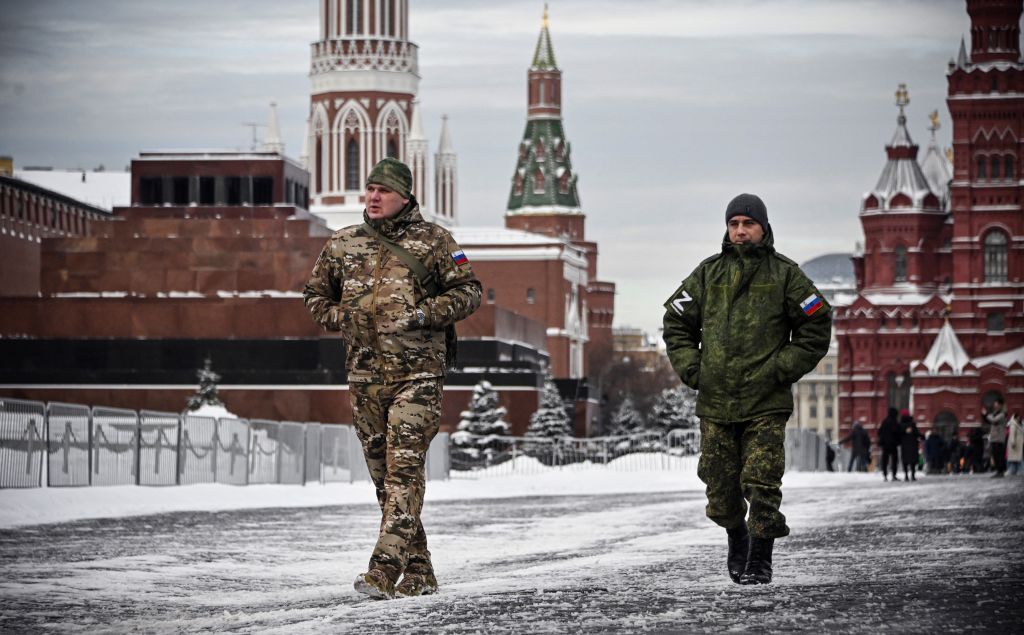NATO entering ‘3.0’ version, Finland’s president says

NATO is entering its "3.0" version, and is returning back to its original role as a deterrent against threats "mainly from Russia," Finnish President Alexander Stubb said during a press conference on Oct. 8 in Brussels.
Created in 1949 in the early stages of the Cold War, the military alliance was formed to provide collective security against the Soviet Union.
"I firmly believe that we are now witnessing the creation of NATO 3.0," Stubb said, adding: "We are back to the original role of NATO as a deterrence and strong military alliance with a threat coming from the East, mainly from Russia."
Finland joined NATO early 2023 after ditching its longstanding neutral stance following Russia’s full-scale invasion of Ukraine in 2022.
"We have a very common understanding inside the alliance about our security challenges, and I think it is extremely important now that we work on both – deterrence and defense."
Earlier this month Mark Rutte took the helm as the new secretary general of NATO, stressing on his first day that the alliance has to ensure that Ukraine "prevails as a sovereign, independent, democratic nation."
Rutte added that NATO members have to "spend more" in order to "increase our collective defense," adding: "NATO’s partnerships… have to go wider, and deeper, given all the insecurities in the world."
Helsinki has sent 25 military packages to Ukraine as of September 2024 with the total amount of military aid Finland has provided Kyiv now standing at 2.3 billion euros ($2.5 billion), its Ministry of Defense said.
Finland will also host a new tactical battlegroup and new headquarters to lead NATO land operations in the region.












